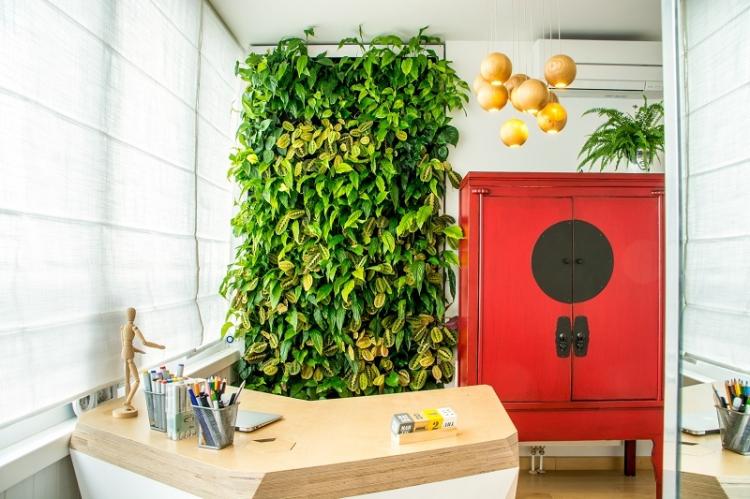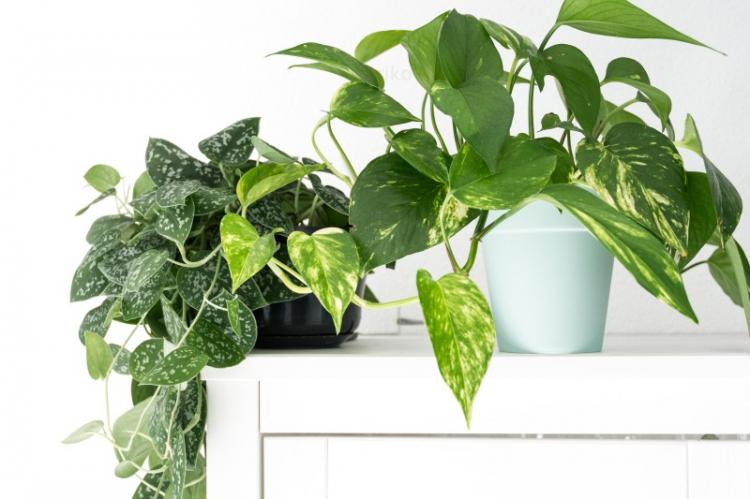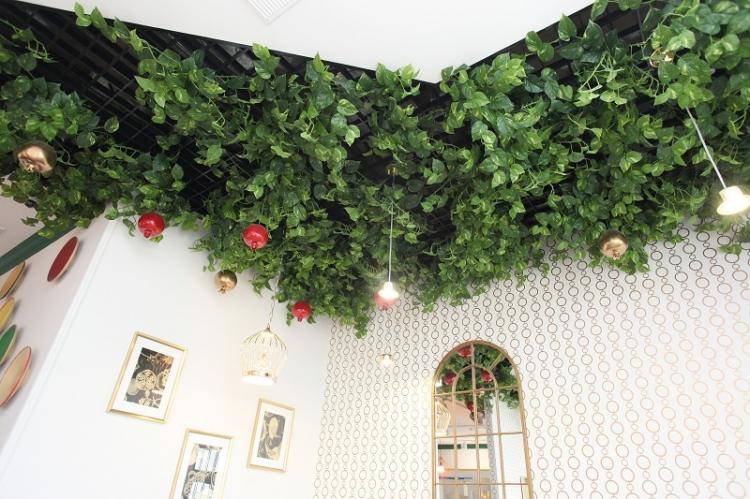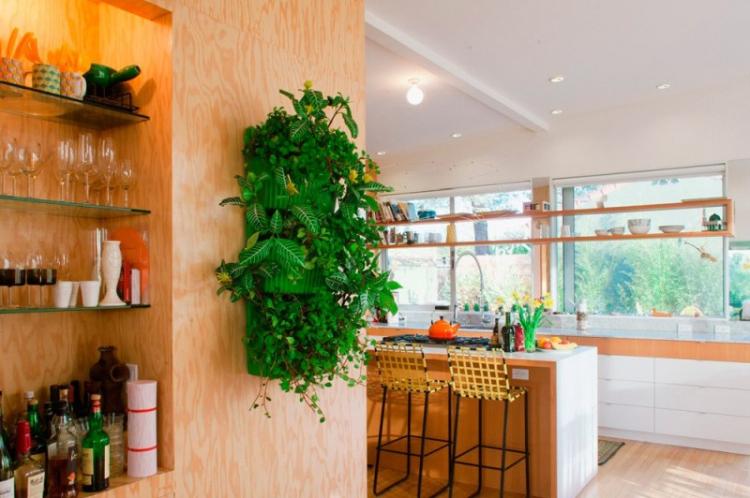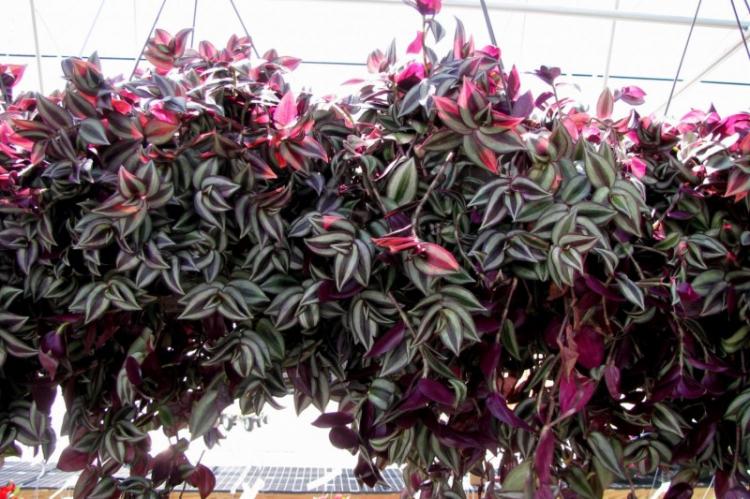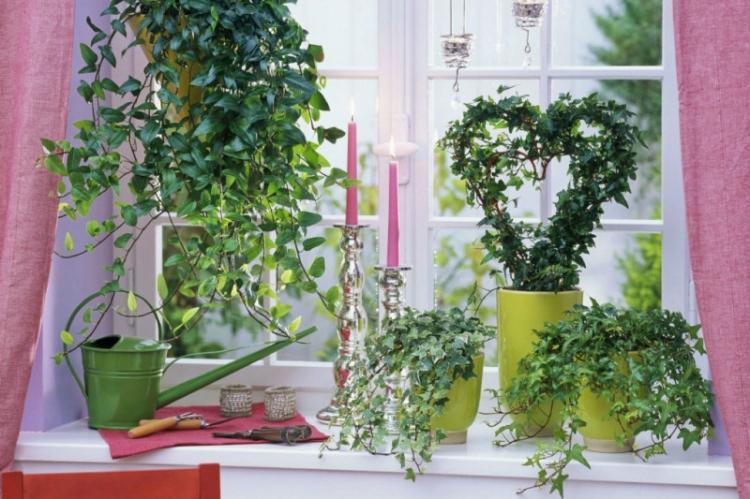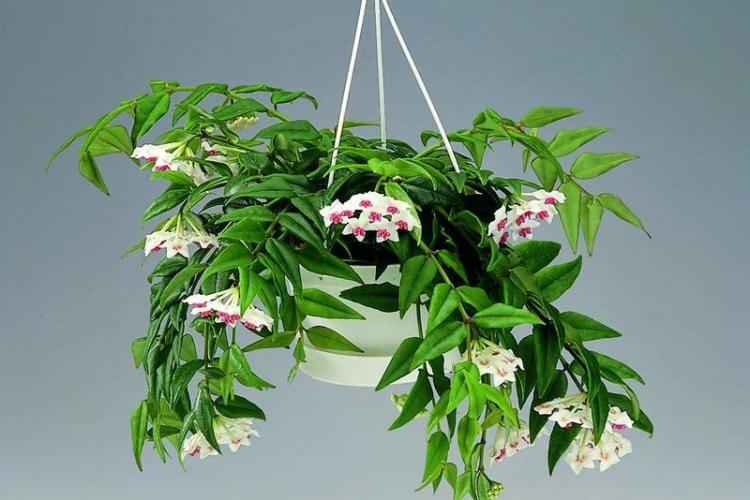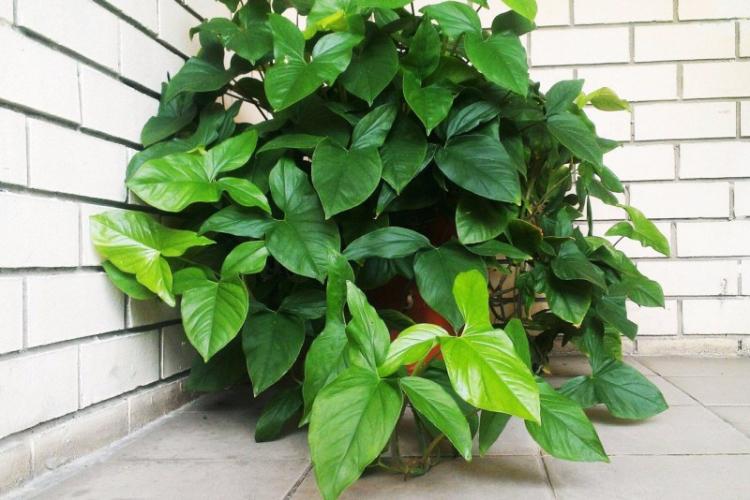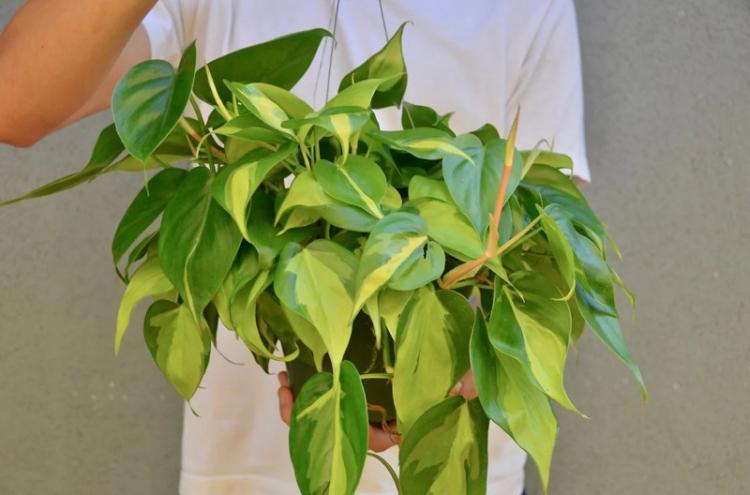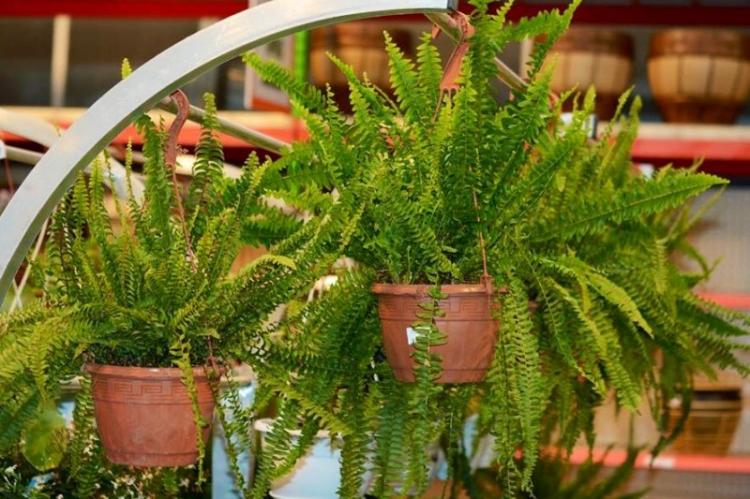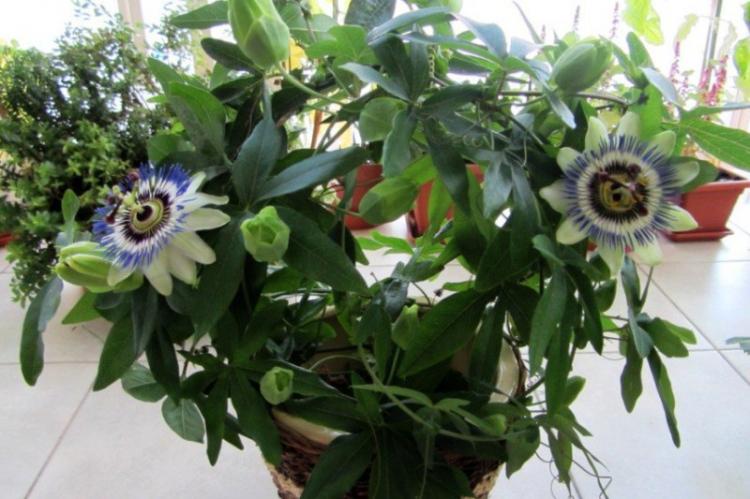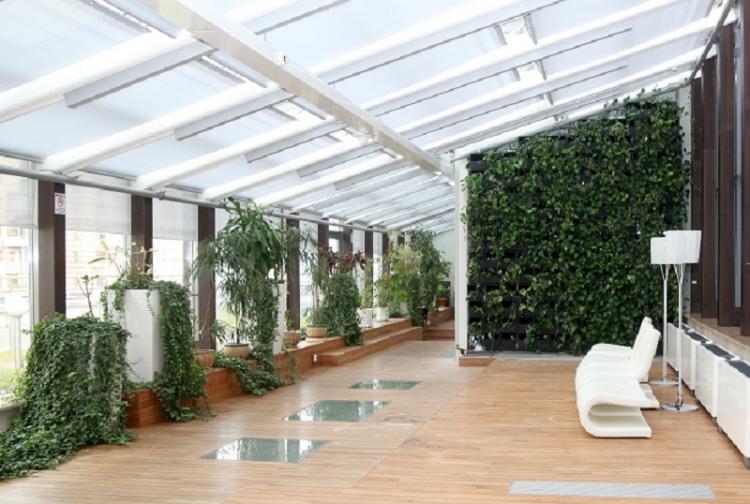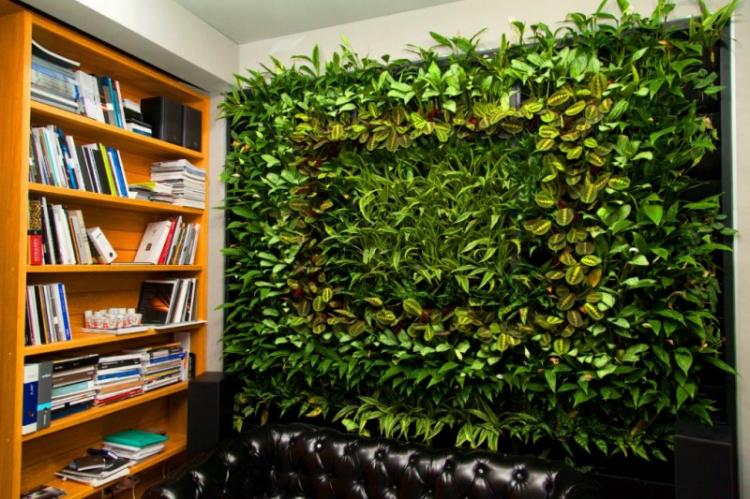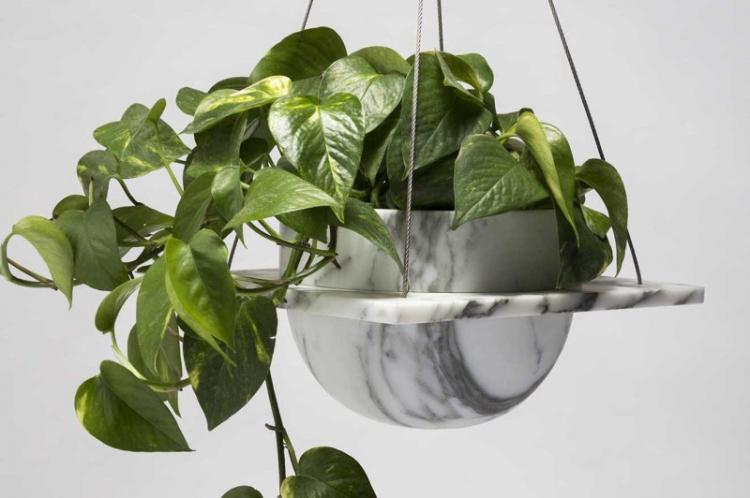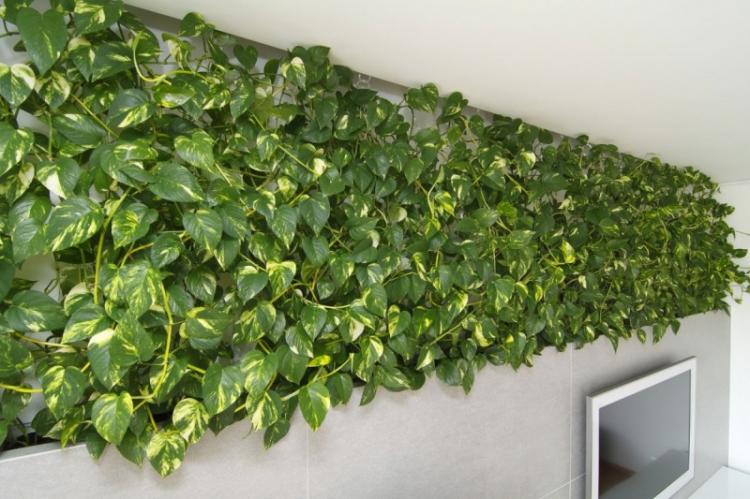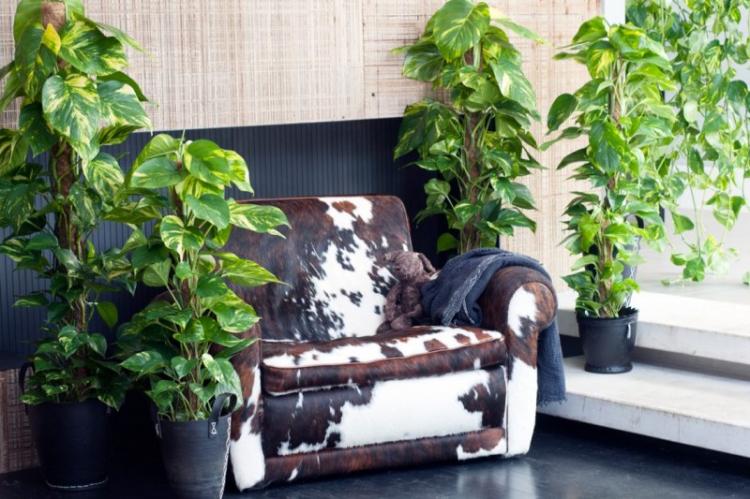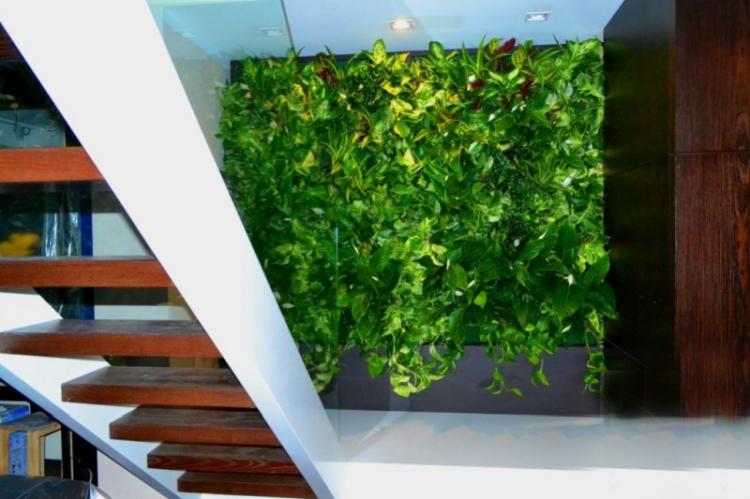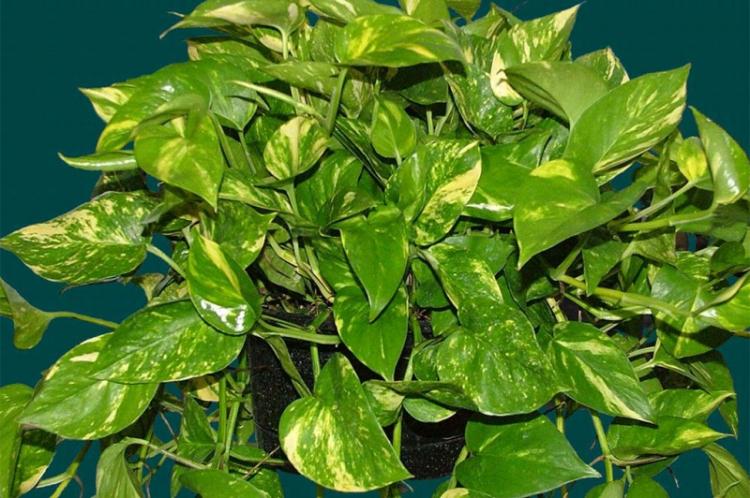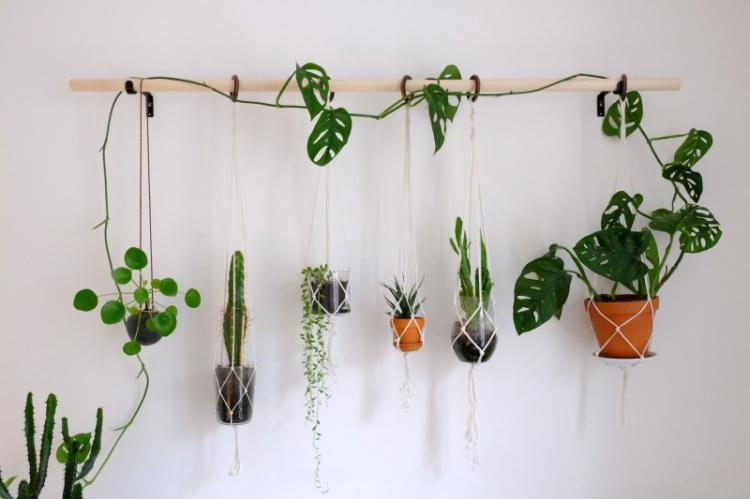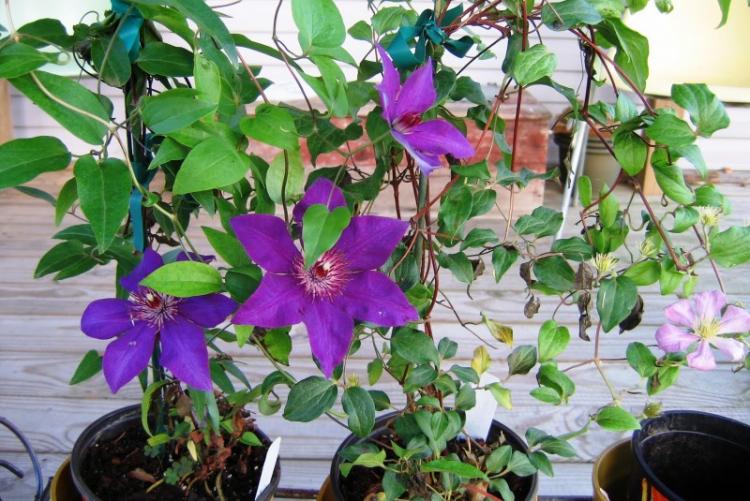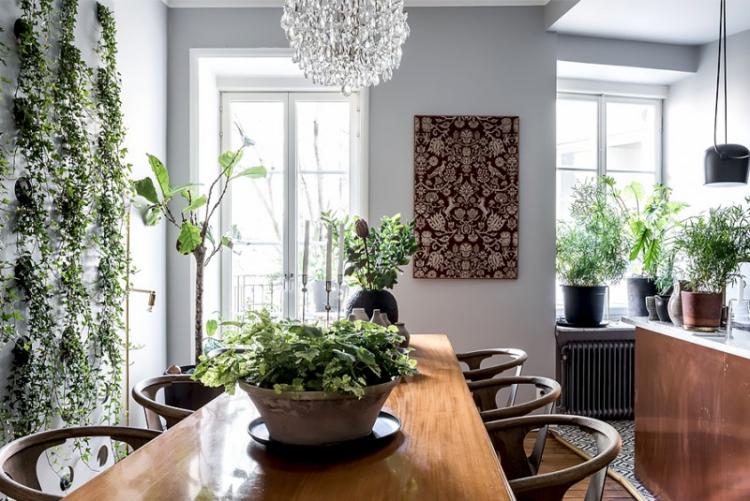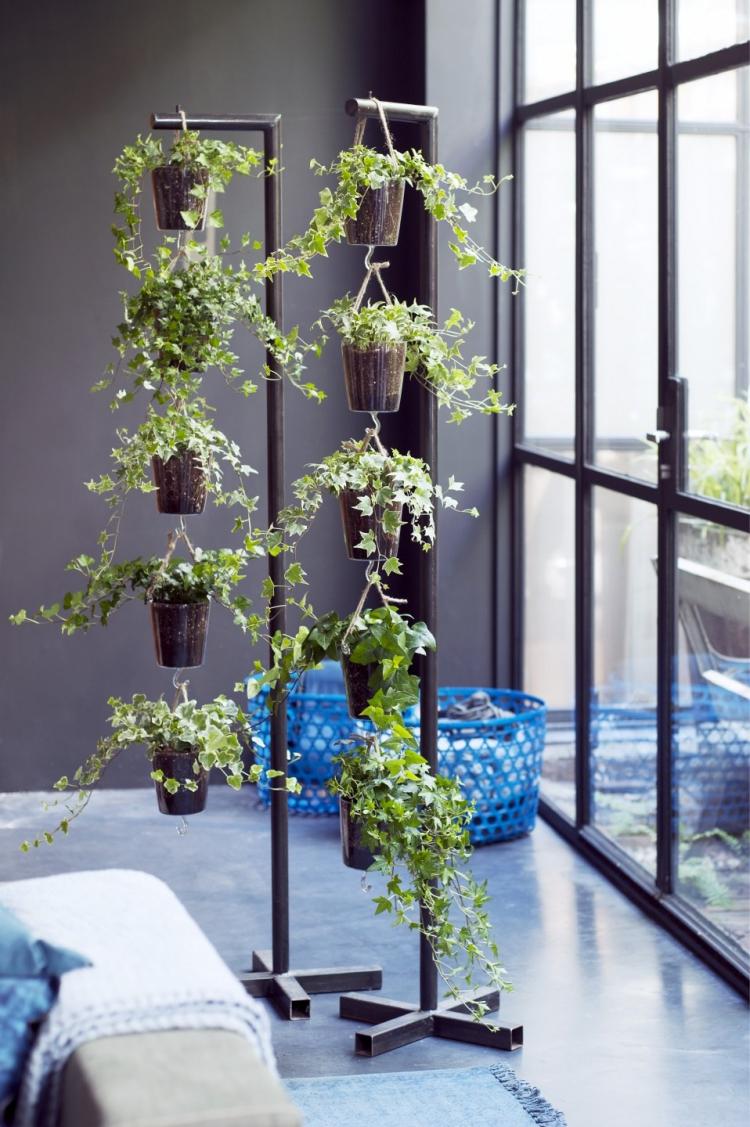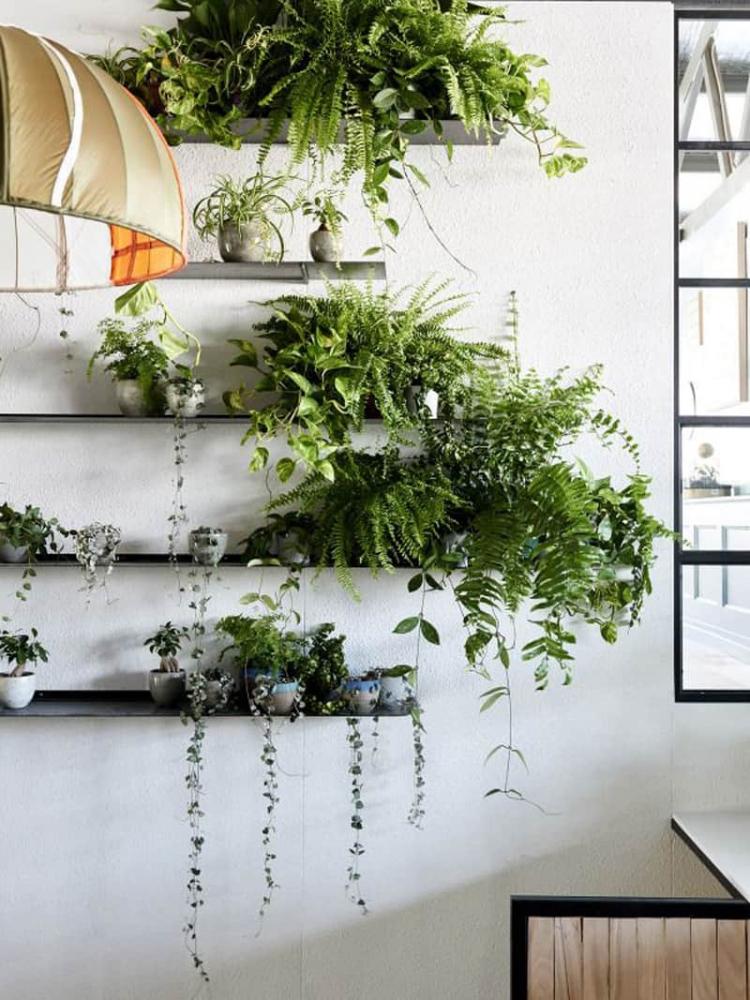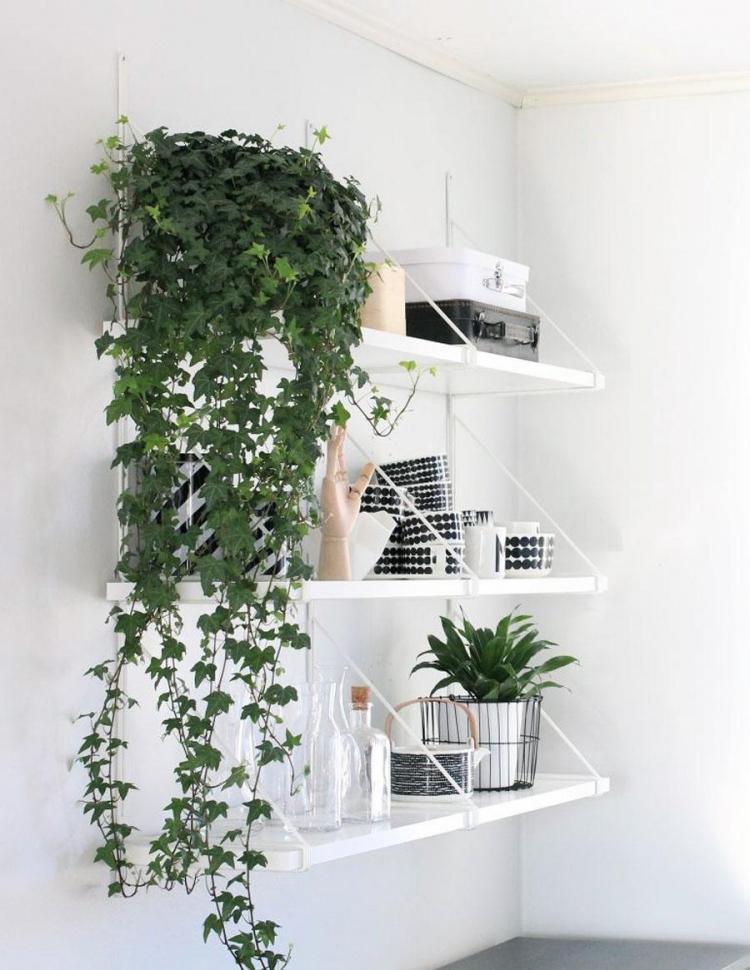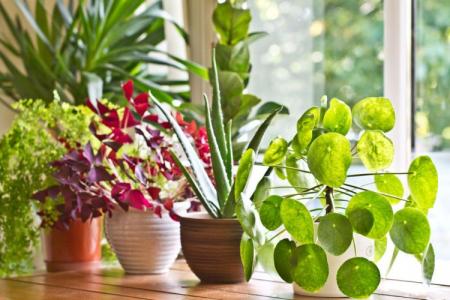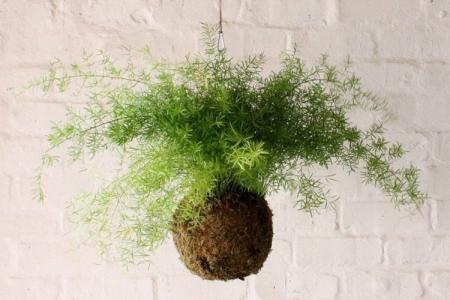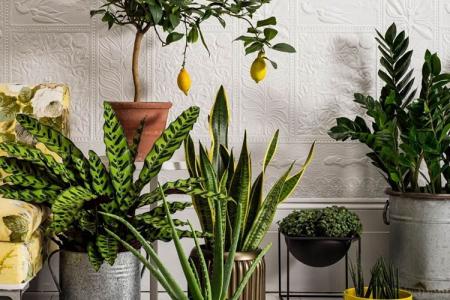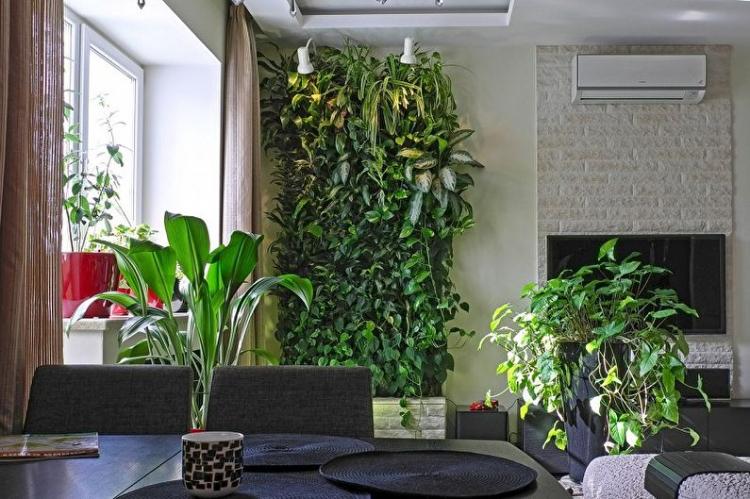
Climbing plants in houses and apartments are ideal material for creating green compositions. Have you been dreaming about phyto-wall for a long time? This is quite possible if you choose the right vines and fold them into a cunning multi-tiered structure. And we will tell you how to do this and how to care for your favorite indoor seedlings! This solution will refresh any interior, create a feeling of coolness and airiness.
general characteristics
Climbing plants are not only beautiful, but also practical, because they can be used to shade certain parts of the room. Lianas are unpretentious in care, do not need special conditions and easily grow with almost no human intervention.
Most indoor loaches are perennial and evergreen, with intensive growth. Certain varieties of kvamoklite can grow by 2 m per season. Basically, they have flexible herbaceous stems, but there are also vines that lignify with age.
Another feature of different species is the method of attachment to the surface: curly or antennae braid the support with lateral shoots, and kornelazychie - with roots. In houses and apartments, curly ones are often bred - they are more decorative, aesthetic and form graceful spirals.
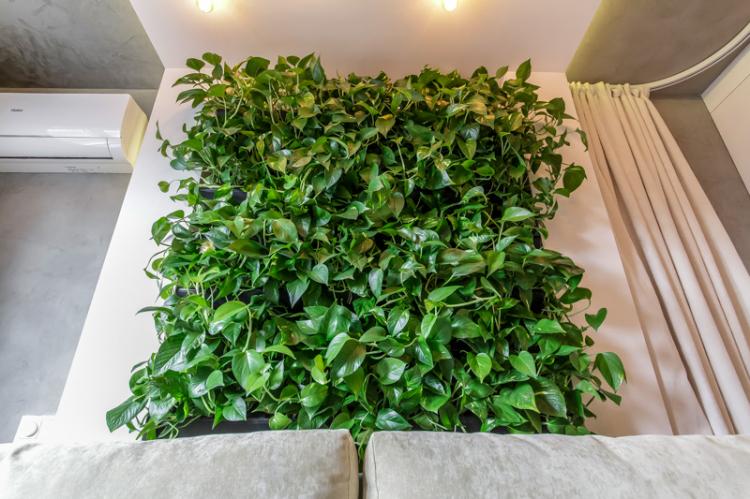
Types of climbing indoor plants
A huge number of species of loaches, vines and ivy are grown in apartments and houses. These are deciduous, and decorative, and flowering varieties from miniature and graceful to large and powerful.
Ivy
Common ivy is the simplest and most obvious choice if you need phyto-wall or window landscaping. It quickly braids any bases and covers them with large shiny leathery leaves. Breeders have bred many varieties of ivy in different shapes and colors, with oval, star-shaped or sharp plates.
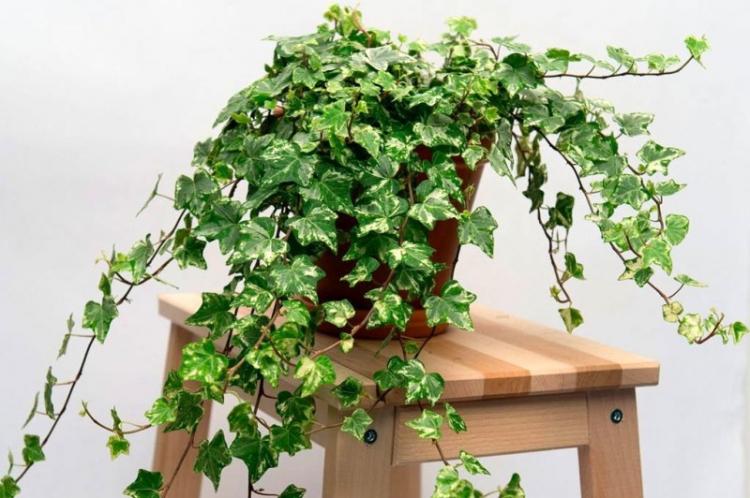
Hoya
Hoya is also called wax ivy because of the characteristic texture of large leathery leaves. It is a blooming liana with graceful and delicate star-shaped flowers of light shades. Keep in mind that during flowering, the flowerpot cannot be rearranged or turned over, otherwise the hoya can drop the buds.
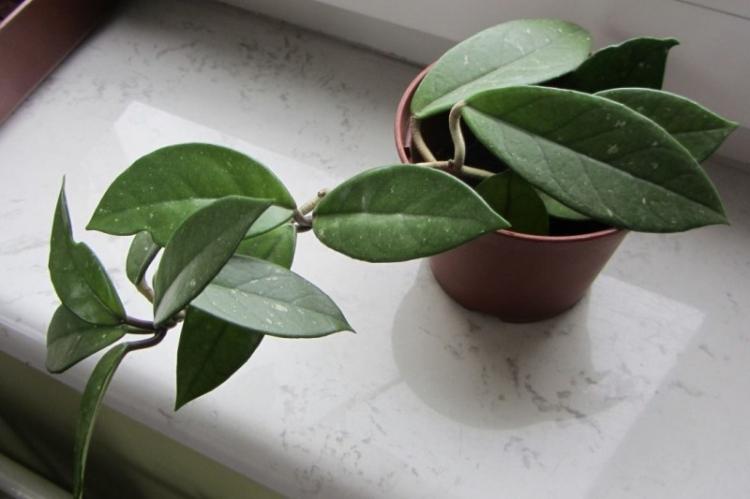
Philodendron
The climbing philodendron is notable for its large heart-shaped leaves on slender and graceful stems. The flower grows and bush easily if you tie up shoots in time and pinch new branches. Breeders have developed interesting varieties with a reddish underside of the leaves.
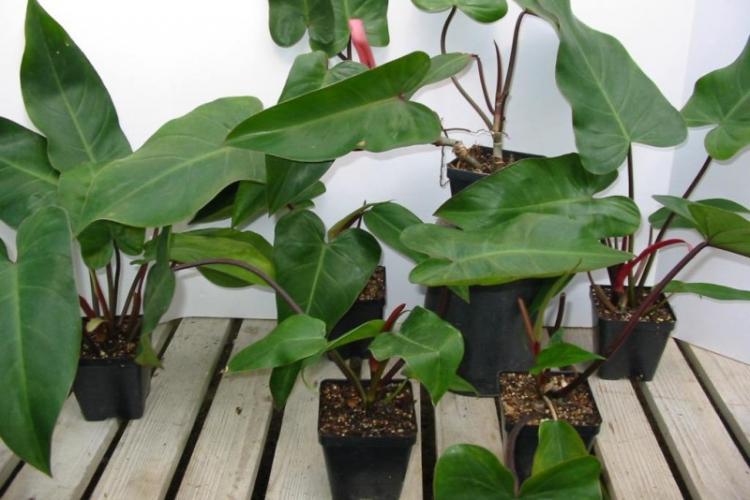
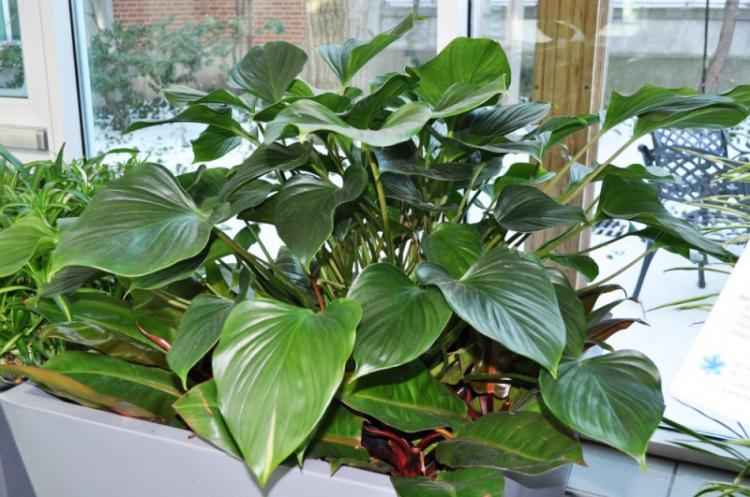
Morning glory
An elegant decorative liana with blue-violet flowers that feels good both in the apartment and in the garden. Unless in the open field, she will live like an annual - until the first winter. Bell flowers evenly cover thin stems tied to a trellised support. Do not forget to immediately remove dry buds - and then the morning glory will delight with its beauty much longer.
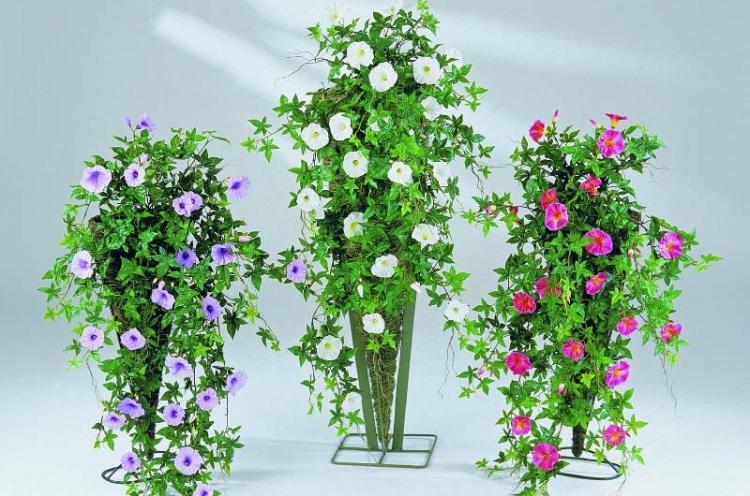
Cissus
Cissus is the closest relative of the vine, which is popularly called the birch tree. This is due to the unusual color: on the rich green leaves with a pink underside, there are silver blotches. Ornate stems twine around the support and protrusions thanks to antennae and grow magnificently already during the first season.
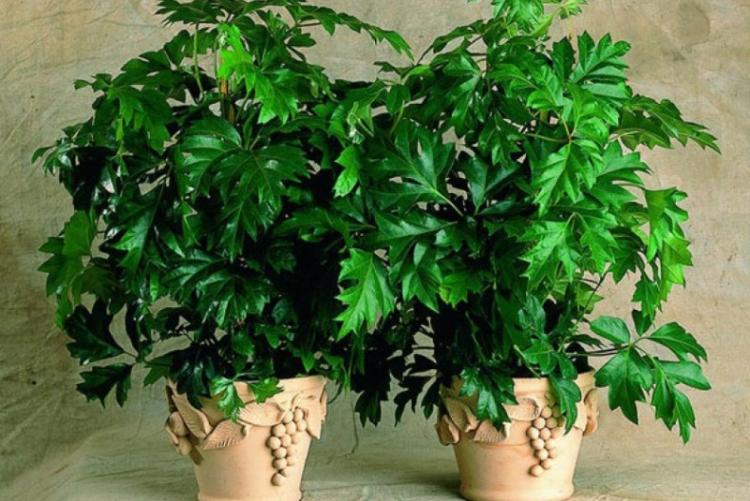
Clerodendrum
A graceful flowering liana native to Japan pleases with purple terry bunches-inflorescences and a unique aroma. Clerodendrum requires careful handling, regular molding, feeding and fresh air. But on the other hand, plants grown from cuttings bloom until autumn and decorate any interior.
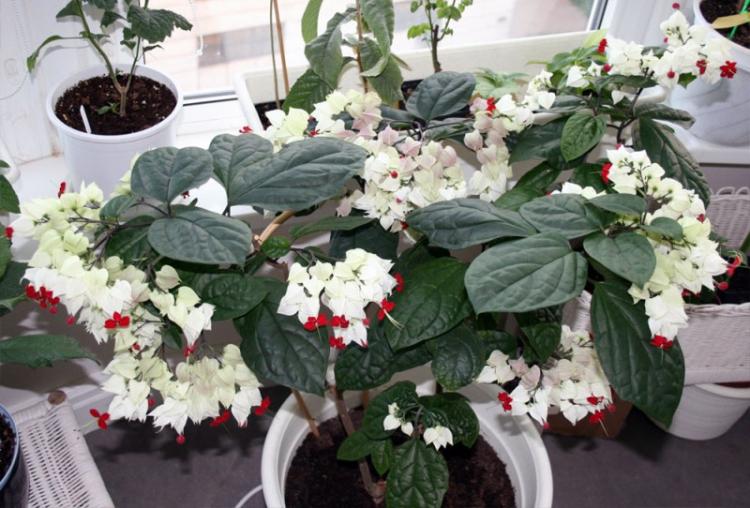
Monstera
This beautiful decorative liana is known for its huge cut leaves of a juicy dark shade. It rises well along the support thanks to aerial roots, so that it grows up to 3 m. Young plants are slightly different: they have whole heart-shaped and lighter leaves.
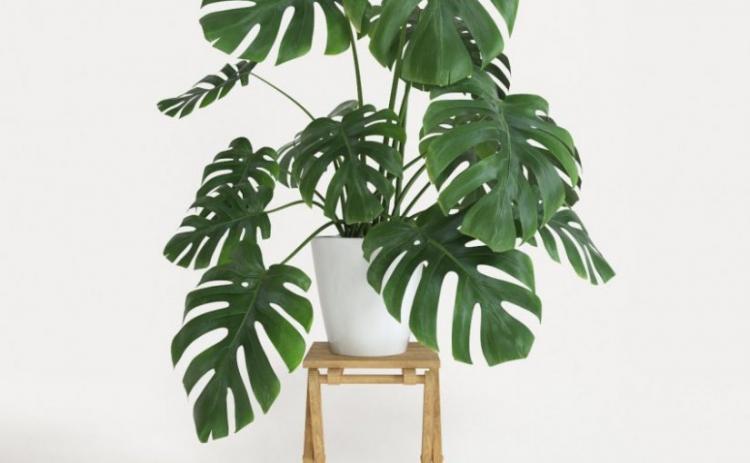
Tradescantia
This is a popular indoor vine that is found in almost every apartment.Its peculiarity is soft silvery leaves with a barely noticeable delicate edge. Tradescantia is a flowering cultivar with dainty white or purple flowers, but they are very short-lived.
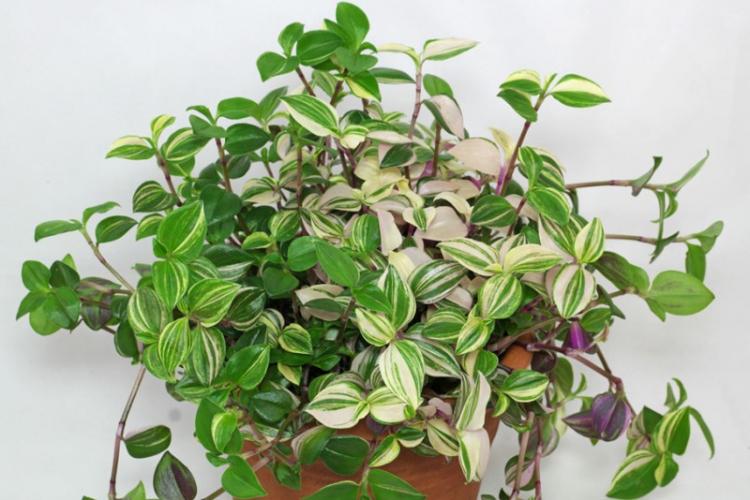
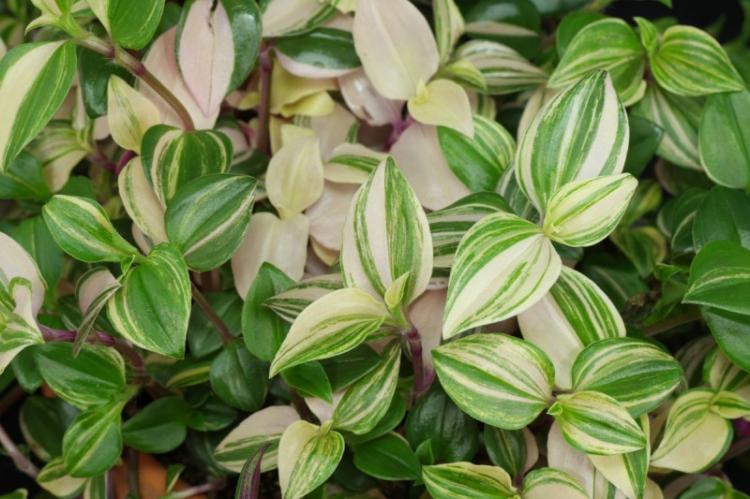
Nephrolepis
Nephrolepis is not really a vine, but rather the most unusual member of the Fern family. Its long, thin and graceful leaves grow up to a meter in length, so it will well decorate a green corner or a multi-tiered composition. Of all types of ferns, this one is the most unpretentious: it is enough to provide it with a large amount of moisture.
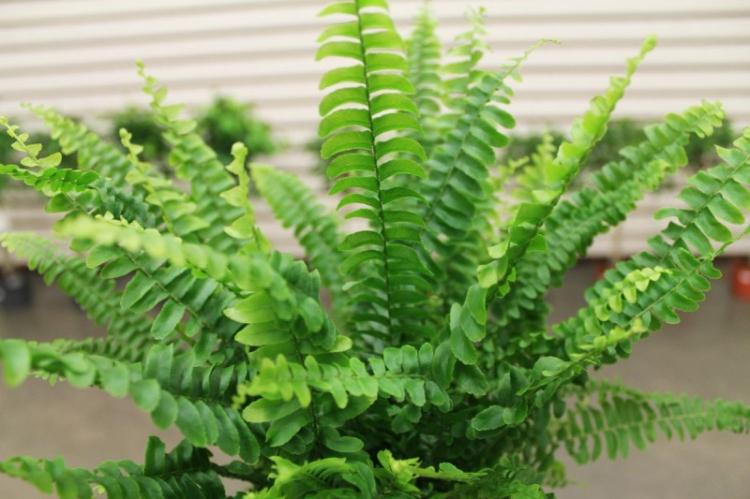
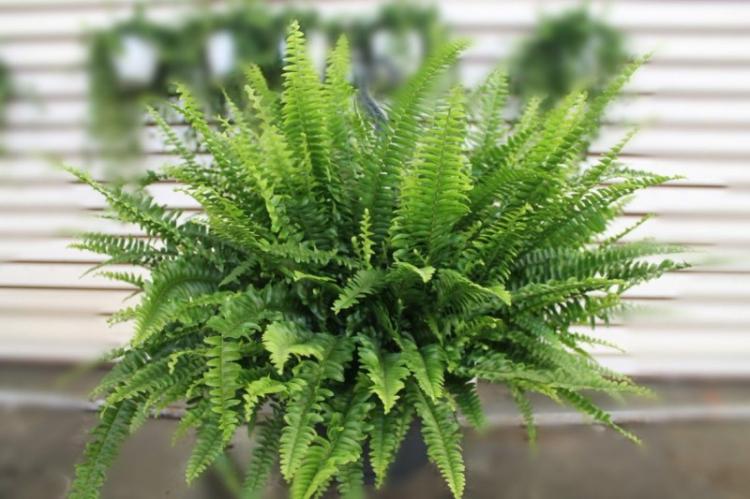
Scindapsus
One of the most unpretentious loaches for apartments, because scindapsus takes root in almost any conditions. It feels good in the shade in the far corner of the room or in a hanging planter right by the window. New shoots can both braid the supports and hang down from the flowerpot, so you can create new decorative compositions. Heart-shaped leaves with light spots scattered over the plates look especially interesting.
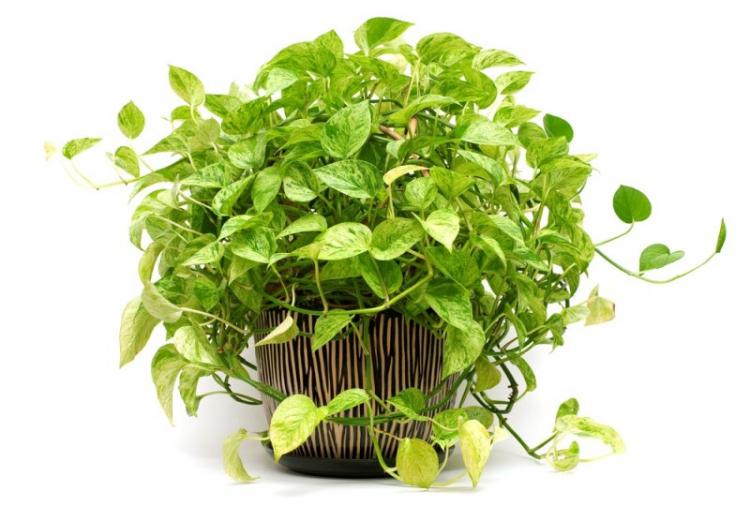
Syngonium
Syngonium grows up to 1.5 m with regular watering, in shaded corners and supported by a wide moss stick. This is an indoor liana with variegated leaves, which eventually acquire a lobed shape. Varieties with variegated or even completely white plates look interesting.
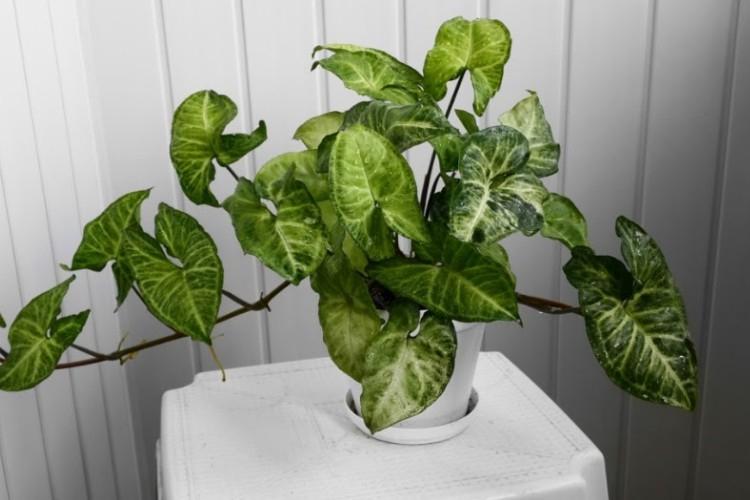
Passionflower
An unusual decorative type of evergreen ampel lianas, which is used to decorate balconies and loggias. Their peculiarity is multi-colored flowers with a double bright perianth up to 10 cm in diameter. Unlike shade-loving relatives, passionflower loves bright sun and feels good on the southern windowsill or even on the street.
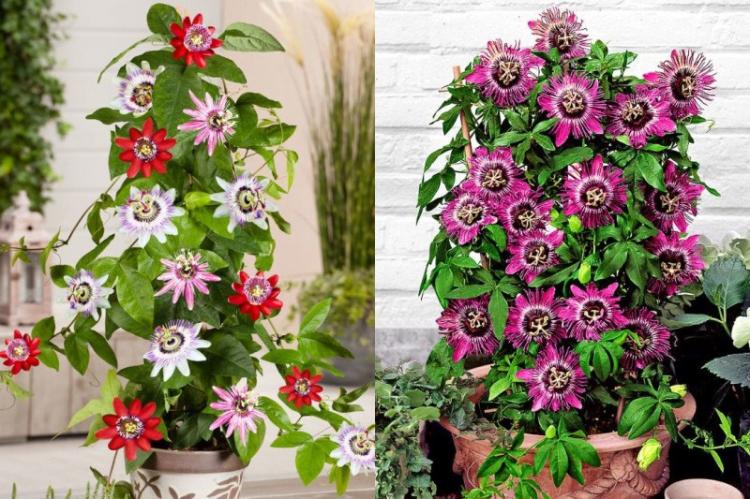
Caring for climbing indoor plants
Certain varieties of climbing plants require special conditions and care, so be sure to be interested in such features in advance. But most species are quite unpretentious and practically do not differ in their basic needs.
Temperature
Most of the vines came to us from the tropics, so they love a warm, humid climate and do not tolerate frost well. It is important that the temperature in winter does not drop below 16 degrees, but also does not rise above 21 in summer. If you turn on the heating or air conditioner, do not do it directly near the flower.
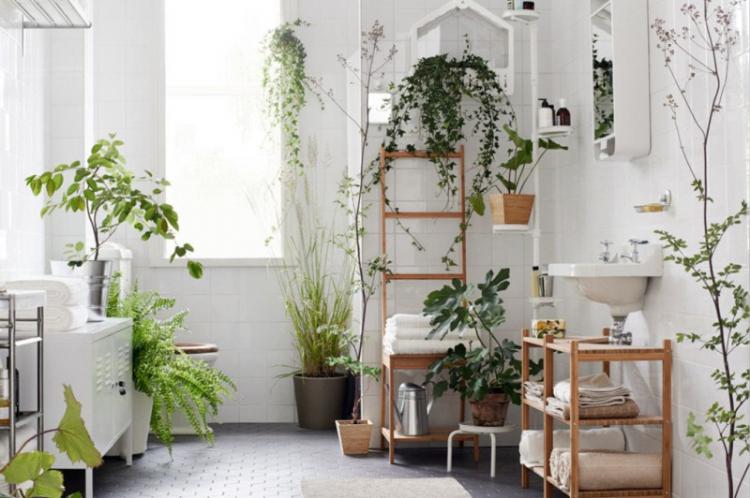
Lighting
Most domestic vines prefer light partial shade, because burns easily appear on the leaves in direct sunlight. Turn the flowerpots or pots periodically so that the flower gets evenly illuminated from all sides. Otherwise, it will stretch to one side and remain deformed.
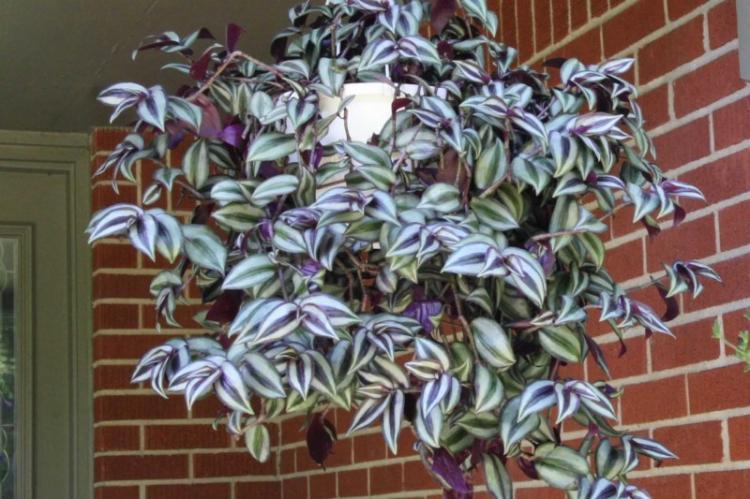
Watering
Indoor loaches love moisture and spraying: save them from the heat with cool water 1-2 times a day. It is better to water and spray the flower in the morning or evening, but not in the middle of the day under the sun. Water the flowerpot as the soil dries, but do not overdo it, because under dense foliage, the soil retains water for a long time.
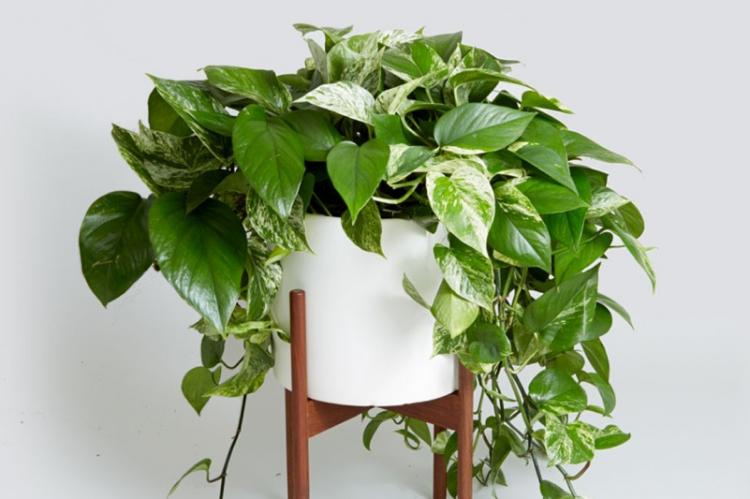
Fertilizers and feeding
For indoor vines, light fertile neutral soil or special ready-made mixtures are well suited. The faster the flower grows, the more it needs feeding: so the leaves will be thick and juicy. Complex mineral fertilizers or organics diluted with water are quite suitable.
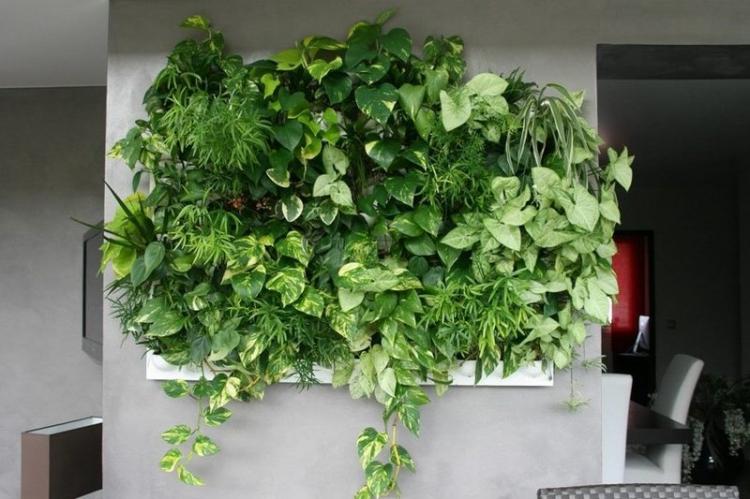
Pruning
In order for indoor vines to always remain beautiful and tidy, they must be correctly positioned on supports and periodically cut. For example, in order for the central branch to grow long and strong, it must be gradually braided around a round support and fixed. And in order for the vine to become large and fluffy, new branches are pinched to the apical shoot to form lateral processes.
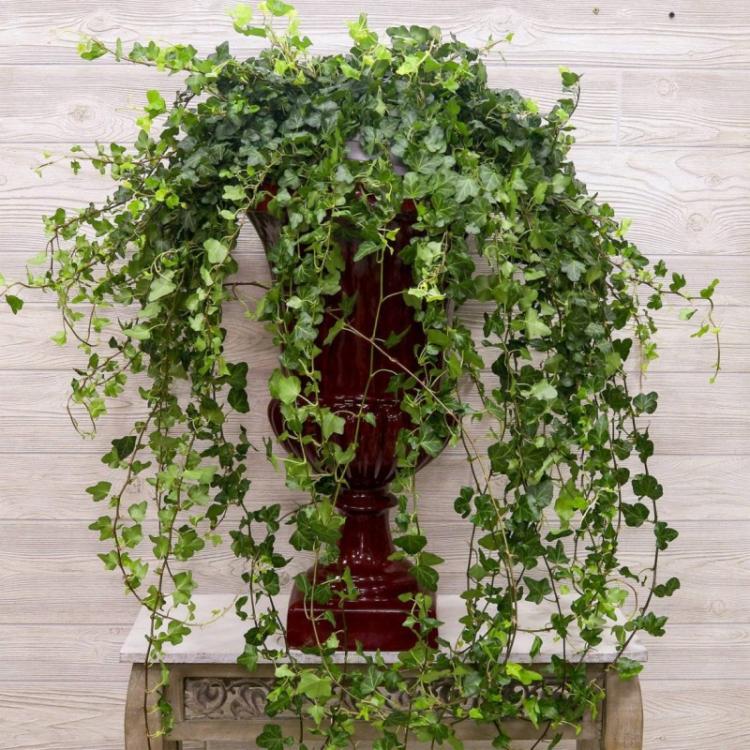
Planting and breeding
Climbing indoor plants are propagated and rejuvenated using an apical cutting, which is cut and rooted directly with the leaves. If the vine has aerial roots, immediately dig the sprout into the soil, and if not, leave it in the water first.Seeds for propagation are rarely used: it is not very convenient and not effective enough.
When the liana is rejuvenated, its lower bare part is cut off almost to the middle: this way the plant will begin to expand and branch again. It is recommended not to transplant adult plants, but to transfer them with an earthen clod. Do this with a helper to avoid breaking long stems.

Diseases and pests
Indoor climbing plants are almost not susceptible to diseases and pests. The main problems are associated with a violation of the humidity regime: due to too dry air, the flower withers, and scale insects, aphids, and spider mites start in the leaves. Due to excess moisture, the rhizome begins to rot, and sometimes the vine even sheds its leaves.
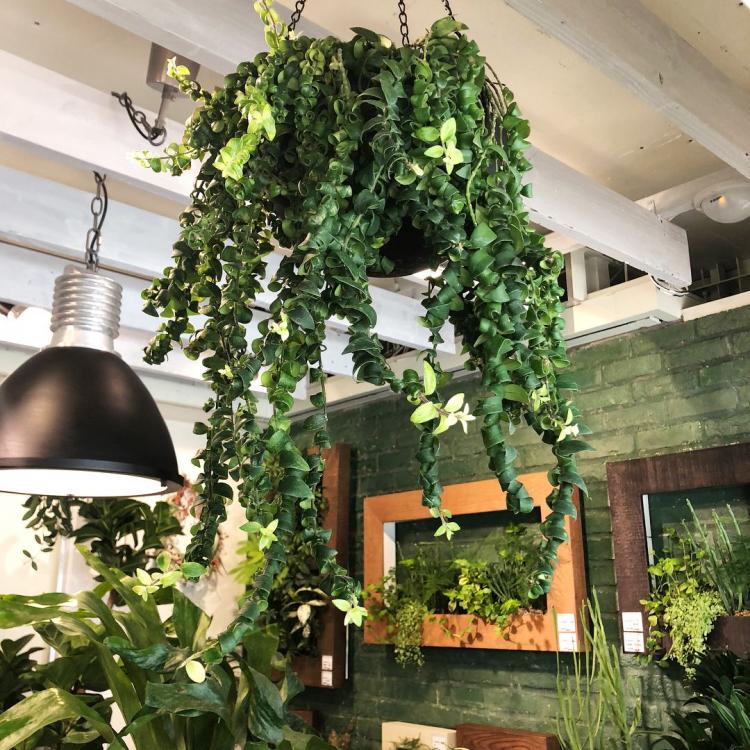
Climbing indoor plants - photo
Still thinking about choosing indoor climbing plants? We offer you this selection of photos to appreciate what beautiful and graceful compositions you can create from vines!
